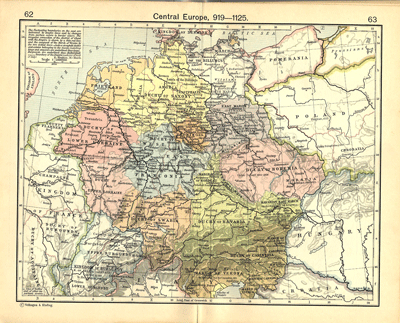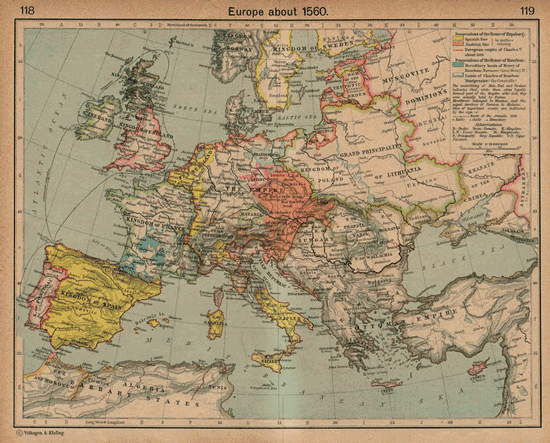Posts: 1,532 Location: Tennessee
Tue 20 Jan, 2009 9:22 pm
Medieval era is broadly considered the fall of the Roman Empire through about 1500 A.D. The name of this era is accredited to Flavio Biondo in 1439 who considered it to be over. Most current 15th century specialists consider it to be ended near 1400 A.D. Some perspectives define the beginning of the era as growth of feudalism around 800 A.D. Subdivisions of Early, High, and Late Medieval periods emphasize growth of population and economic productivity. Steady development of sciences and arts do not necessarily match these key trends.
Dark Ages
This term is accredited to Francesco Petrarca, circa 1330’s. He primarily based it upon lack of literary creativity. Francesco felt that he was very much living in his definition of the “dark ages” despite existing in what modern historians regard as the leading core of the Renaissance. Current academic trends increasingly avoid use of “Dark Ages”. Continual discovery of new literary and artistic developments, despite adverse conditions, make it challenging to sustain a definition without a very segmented and disjointed timeline for specific regions.
Migration Era
This is self explanatory for those within this forum. It is roughly considered to begin with Germanic refugees fleeing West, without treaty agreements, into Roman Gaul from the Huns near 376 A.D. One of the last prevalent invading groups, the Visigoths, were defeated at the battle of Guadelet in 712. Identity of the invading groups did not immediately cease, but in terms of significance in surviving mention, the era is loosely considered over at about this point in time.
"High Medieval" era is my personal favorite. (Corny knight and Chivalry stuff) I will try to append a map of how Europe looked near this period.
 Attachment: 116.01 KB
Attachment: 116.01 KB



